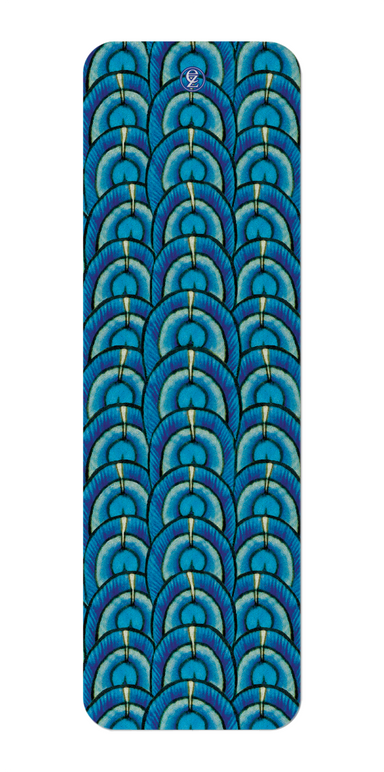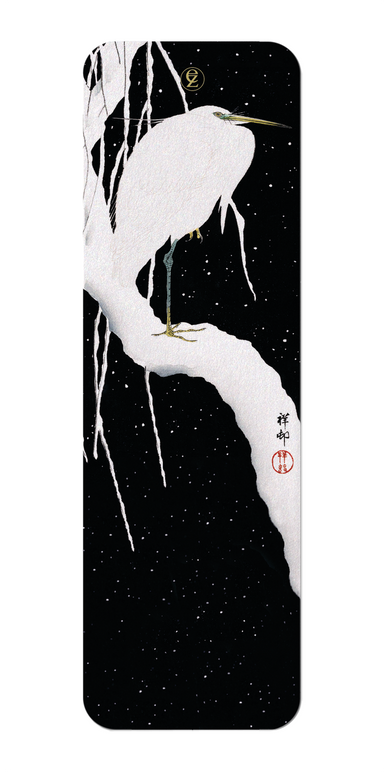Bookmark

WELSH BOY EZEN FROG: Bookmark
Login to view pricing
Text on the reverse side: A contemporary Welsh adaptation of a Japanese woodblock print dating 1814. The Japanese word for frog is “kaeru”, which ...
View full details



































